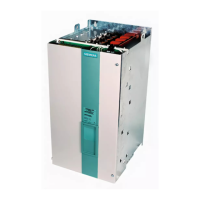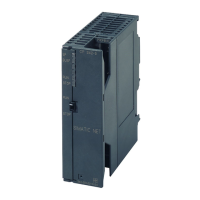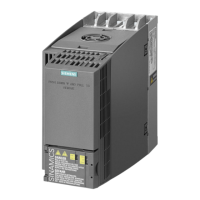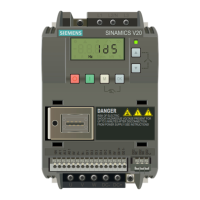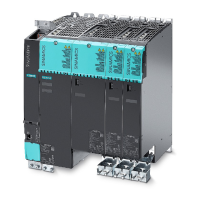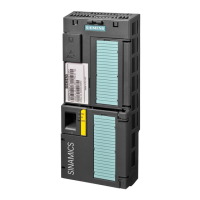09.2008 Functions
Siemens AG 6SE7087-6QX70 (Version AK)
SIMOVERT MASTERDRIVES Compendium Motion Control 7-1
7 Functions
7.1 Basic functions
7.1.1 Time slots
The microprocessor system processes the function blocks sequentially.
Each function block requires a certain calculating time and must be re-
processed within a specified time. The microprocessor system
therefore makes different times available to each individual function
block. These times are designated as time slots.
A time slot is the period of time within which all output values of a
function block are newly calculated.
The following texts refer to the function diagram 702 "Setting and
monitoring the sampling times and sampling sequence".
The terms "Time slot" and "Sampling time" have a synonymous
meaning in the documentation and are interchangeable.
7.1.1.1 Time slots T0 to T20
T0 represents the shortest possible time slot within which a function
block can be processed. The duration of time slot T0 is a function of the
selected sampling frequency (P340), calculated as per the following
formula:
frequency Sampling
1
T0 =
This means:
♦ With a low sampling frequency (P340), the time slot T0 is longer. A
large amount of calculating time is available for the individual
function blocks. The reaction time is slower.
♦ With a high sampling frequency (P340), the time slot T0 is shorter.
There is not much calculating time available for the individual
function blocks. The reaction time is faster.
The time slot T0 forms the basis for all further time slots.
The time slots T1 to T10 and time slot T20 are available in addition to
time slot T0. The time slots T1 to T10 are derived from time slot T0.
The time slot T20 is used as an archive for function blocks that are not
needed. Function blocks stored in time slot T20 are not processed.
NOTE
